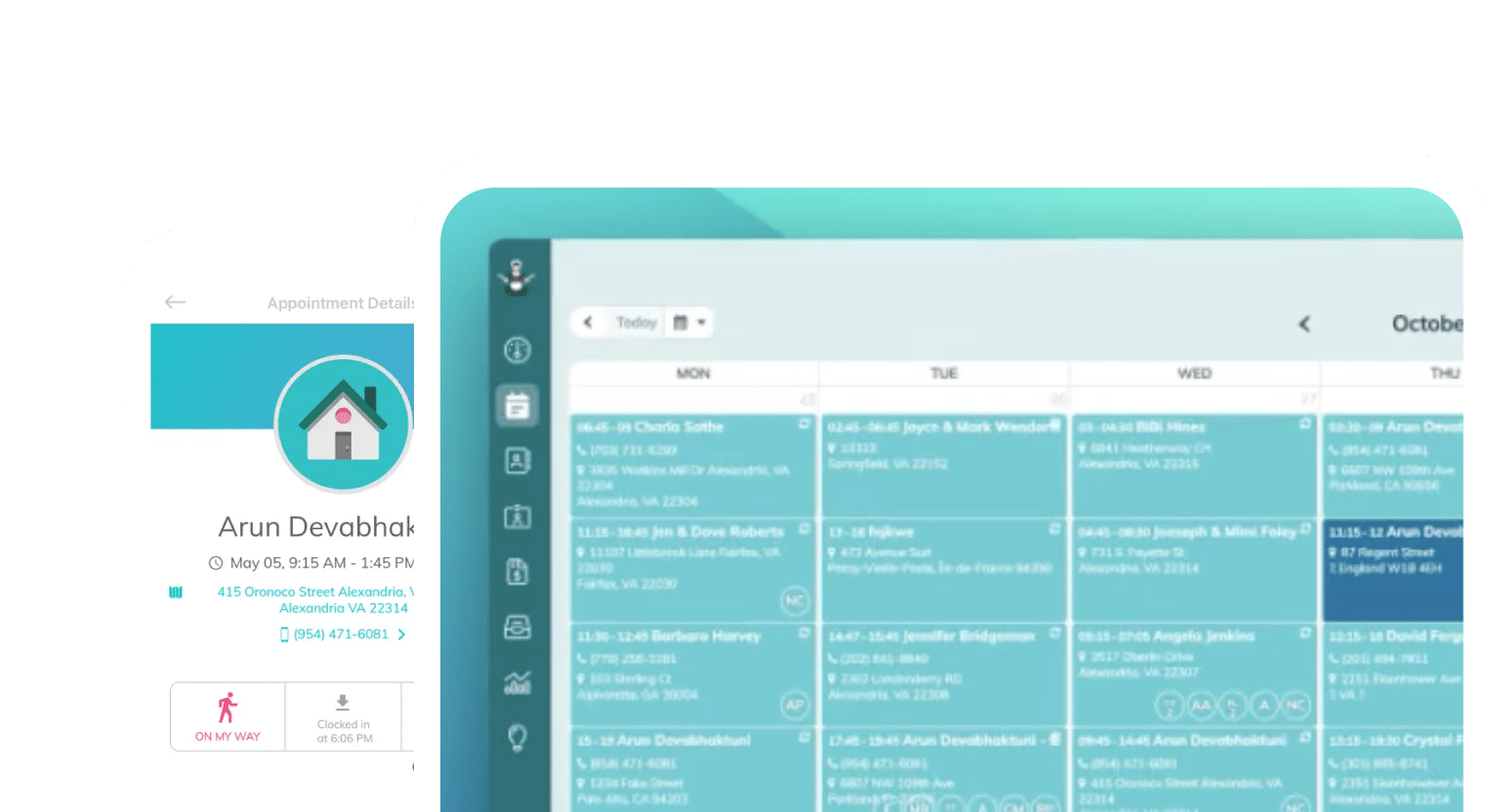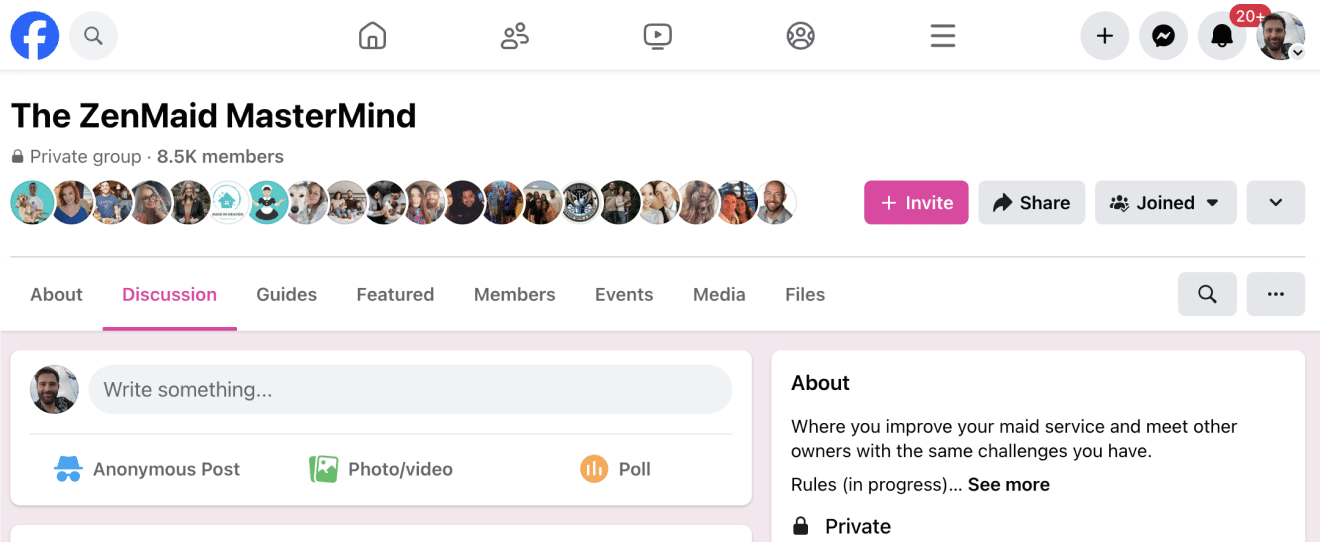The following article is based on a presentation given by Tamara Ard at the 2021 Maid Summit, hosted and organized by ZenMaid.
Tamara has worked in the public, non-profit and private sectors throughout her career. She has developed and delivered training for strategic management, operations managers, and front-line supervisors for over 35 years. Recently, she was recognized by the Better Business Bureau with the Torch Award, the BBB award that recognizes companies that demonstrate best practices, leadership, social responsibility, and high standards of organizational ethics that benefit their customers, employees, suppliers, shareholders, and communities. Tamara is the owner of My Amazing Maid.
Key Takeaways
- Customer service and the customer experience are two different things
- Your leadership philosophy and company culture shapes the customer experience
- Setting the clear expectations improves the customer experience
- Ultimately, you’re in control of the customer experience
What’s the difference between customer service and customer experience?
Let’s start with the basics: there is an important difference between customer service and the customer experience. While the two go hand-in-hand, it’s important to understand the distinction.
Customer service
Customer service is when a specific action, time, or event can be pinpointed. It’s often a reactionary event.
Here are some examples of customer service.
- Your office manager answers the phone with a friendly “hello”
- Offering a refund to an unhappy customer
- A cleaner apologizes to a client after showing up late
To learn more about top customer service for your maid service, check out this article.
Customer experience
The customer experience is the sum of all interactions a customer has with your company. This proactive outcome results in a customer’s overall feeling towards your service. Customer experience is the responsibility of everyone in the company who interacts with any customer.
Here are some examples of a customer experience.
- A customer feeling happy because your cleaners always give her dog a treat
- A customer feeling confused when they’re charged more than expected
- A customer canceling your service after being disappointed with a cleaner who didn’t meet their expectations
- A customer recommending your service to someone because they love the cleaner who comes to their house every week
As you can see, customer service and the customer service experience are related to each other while one is reactionary and the other is proactive.
What are customer service and customer experience dictated by?
Two fundamentally different things dictate customer service and customer experiences. The first is the philosophy and the culture of your company, and second, the expectations you set with your customers.
Company culture and philosophy
First of all, let’s acknowledge that every organization has an organizational culture and philosophy. It’s established by the organization’s leaders, supervisors, office managers, field service managers, and of course, the owners.
You’re all communicating messages to employees about how everyone should behave and what they should value. It’s reinforced in many ways, even small ones you may not even realize.
As one small example, your employees notice when you make side comments. Suppose you subtly complain about a particular customer. In that case, your employees may internalize this as, this customer is so needy, or this customer is never satisfied with their service, so why go out of my way for them?
How your talk about your clients in front of anyone in your company is crucial to the customer experience. Because without realizing it, they may have subtle prejudices towards customers that affect how they treat them.
In addition to how you talk about customers, these are some things to consider that communicate subtle yet impactful messages to your team.
- What do you give employee bonuses for? Speedy work or quality work?
- How do you react to customer complaints?
- When do you determine the customer is right?
- When do you stand up for your employees?
- How do you talk about other employees in your company?
- Have you ever discontinued services for a customer? What for?
Enjoying this article? Read our top five tips for 5-star customer service.
How to talk about your clients
Your company’s organizational philosophy and culture shape every interaction between employees and customers. Since your employees are constantly observing leadership, they know how you feel about your customers — good or bad. Difficult customers get to even the best of us, and this is why it’s important to remain positive as much as possible.
Negative comments to avoid
- “Cleaning customers are a pain in the ______.”
- “Cleaning customers are always trying to get something for free.”
- “Customer expectations are always too high.”
- “Customers are just complainers.”
- “Cleaning customers are never satisfied.”
How to remain positive about customers
In reality, we’re always going to have some amazing customers and some not-so-amazing ones. Your employees will know if you’re exuding false positivity, so how do you face reality without sugar-coating difficult situations? Consider these examples.
- “Cleaning customers pay a good price to have their home services, so it makes sense that they want it done well.”
- “This customer might have too high of expectations because I didn’t communicate well enough with them.”
- “You’re right; this customer never seems fully satisfied with our service; perhaps we can talk to them about other options.”
Finding it hard to deal with difficult customers? Learn how to remain Zen during difficult customer conversations.
How to create a customer-focused philosophy
Creating a customer-focused philosophy is at the root of creating great customer experiences. Without our customers, we would have no business to run. To create a customer-focused philosophy, you need to communicate just how important your customers are to your employees. Here are some ideas to start communicating with your team today.
- “Alongside our staff, our customers are our biggest assets.”
- “When a customer complains, remember ‘the customer is always right.’”
- “If a customer complains, we need to fix the problems as soon as possible.”
- “If we didn’t have our customers, there would be no work to do.”
Setting expectations for the customer experience
Now let’s talk about setting the right expectations for a great customer experience. After all, this is the name of the game for successful outcomes.
Your customers need to know what to expect at all times, and your staff needs to understand exactly what the customer expects. When both of these aspects are communicated well, your customers will have a great experience.
Expectations to communicate
- What did you tell the customer the cleaner would do?
- What did you tell the cleaner to do?
- What time is the customer expecting the team to show up?
- If common problems arise during the cleaning, explain them to the customer as soon as possible. (Ex: Common resettling dust after a clean)
- Did the customer purchase a package that the cleaners feel won’t address the home owner’s needs? If so, have the cleaner call the office to problem solve.
- Does the customer understand the price for the clean?
- Never spend the customer’s money without talking to them first.
Are you in control of the customer experience?
After reading this article, do you feel in control of the customer experience?
Are you communicating about your customers positively in front of your staff?
Are you setting clear expectations for your customers and your cleaners?
If you have some work to do in this department, it’s okay; that’s part of learning and growing our business. The more you practice these principles, the easier it will be to create a great customer experience in your company.
Just remember that the customer experience starts with leadership and trickles down to the rest of your company. Do your part to set a precedent as the business owner.
At the end of the day, do whatever you need to make everyone in your company successful — leadership, employees, and customers alike. You’ve got this!
Next steps
If you found this article helpful, you might also like:
- 21 Lessons I Wish I’d Known Before Starting My Cleaning Business
- How to Spot & Fix Bottlenecks in Your Business
- How Paige Built a 15-Person Cleaning Team (Plus Her Secrets to Retention)
- How to Delegate Without Losing Control of Your Cleaning Business
- Google Local Services Ads for Cleaning Businesses (2026 Guide with Real Screenshots)
For more resources on how to grow and perfect your cleaning business, check out the replays from the 2021 Maid Summit, hosted by ZenMaid. The summit featured more than 60 presentations from other maid service owners who shared tools and strategies to help you achieve the highest levels of success in your business.
Try ZenMaid for free!

 Frustrated with your scheduling? Try the easiest-to-use calendar app, made by and for maid service owners.
Frustrated with your scheduling? Try the easiest-to-use calendar app, made by and for maid service owners.










